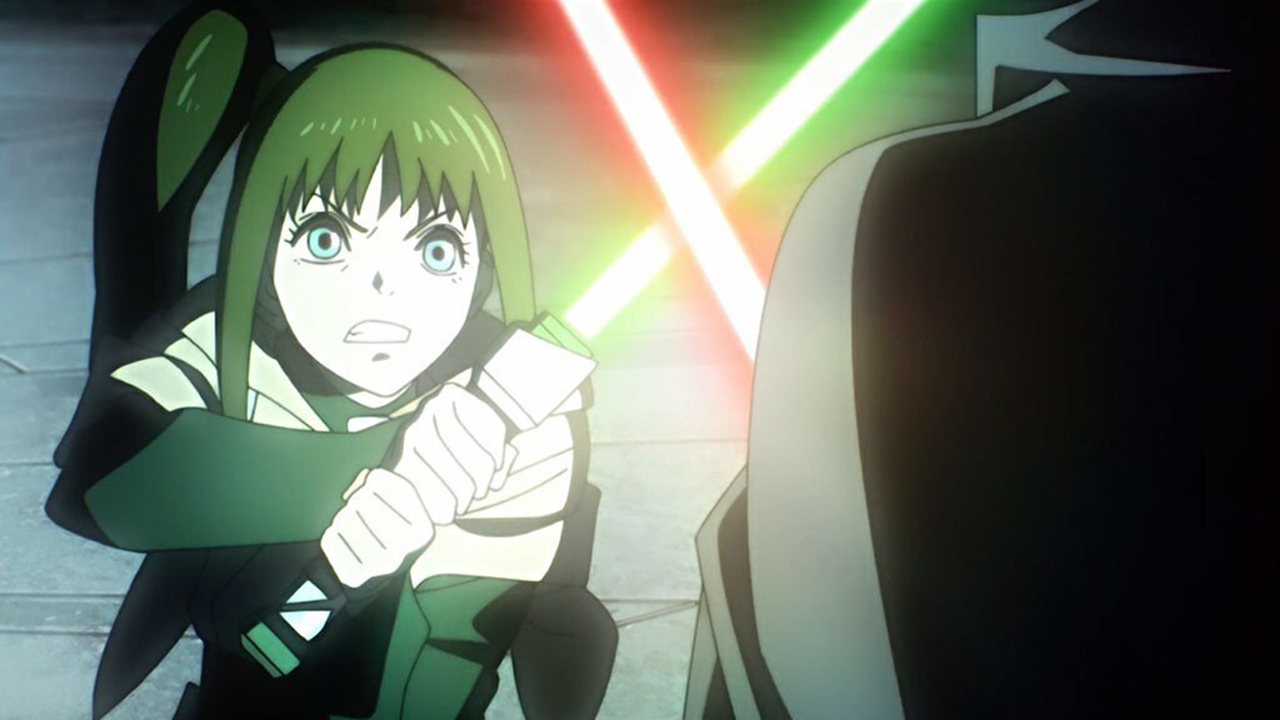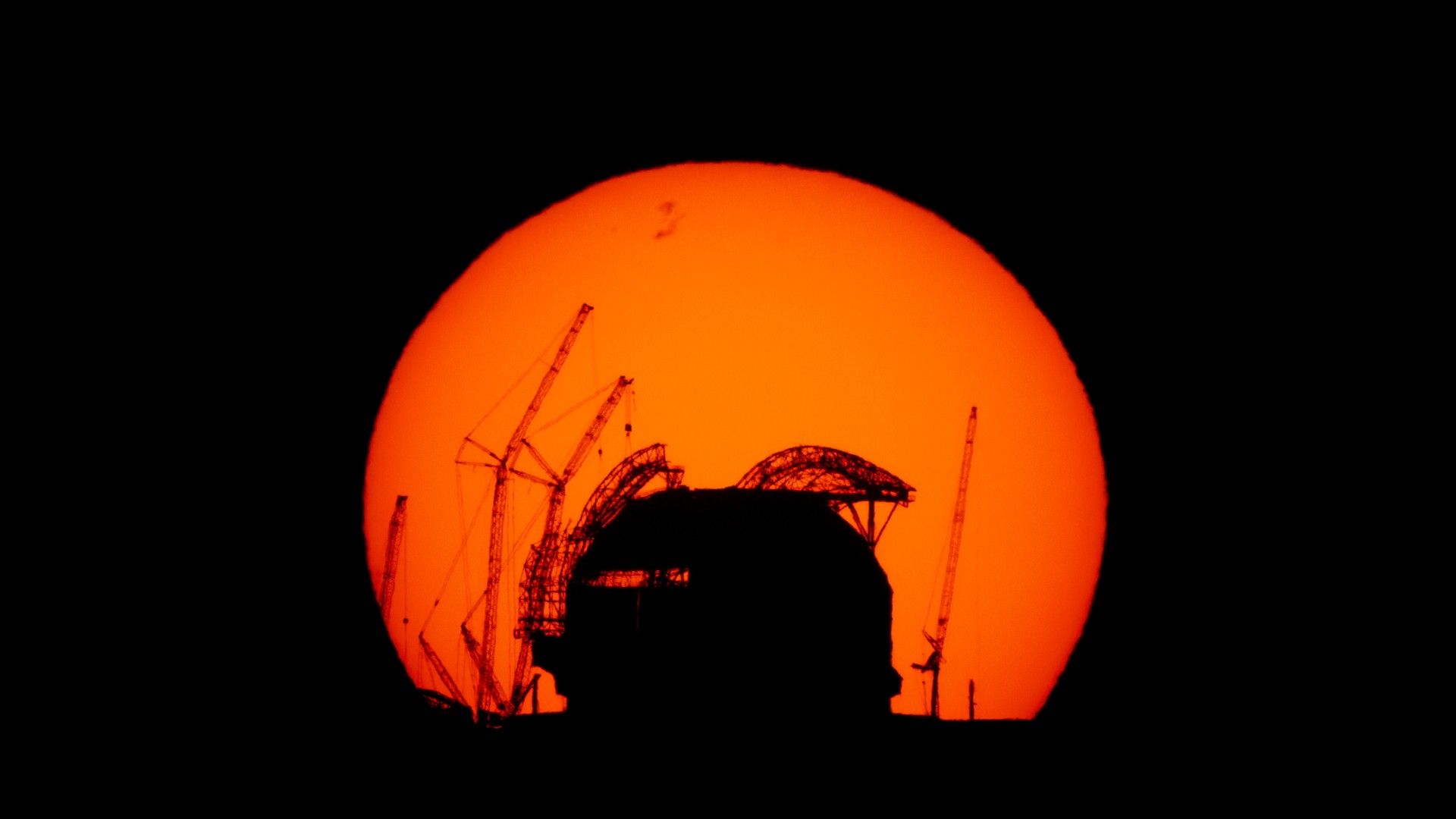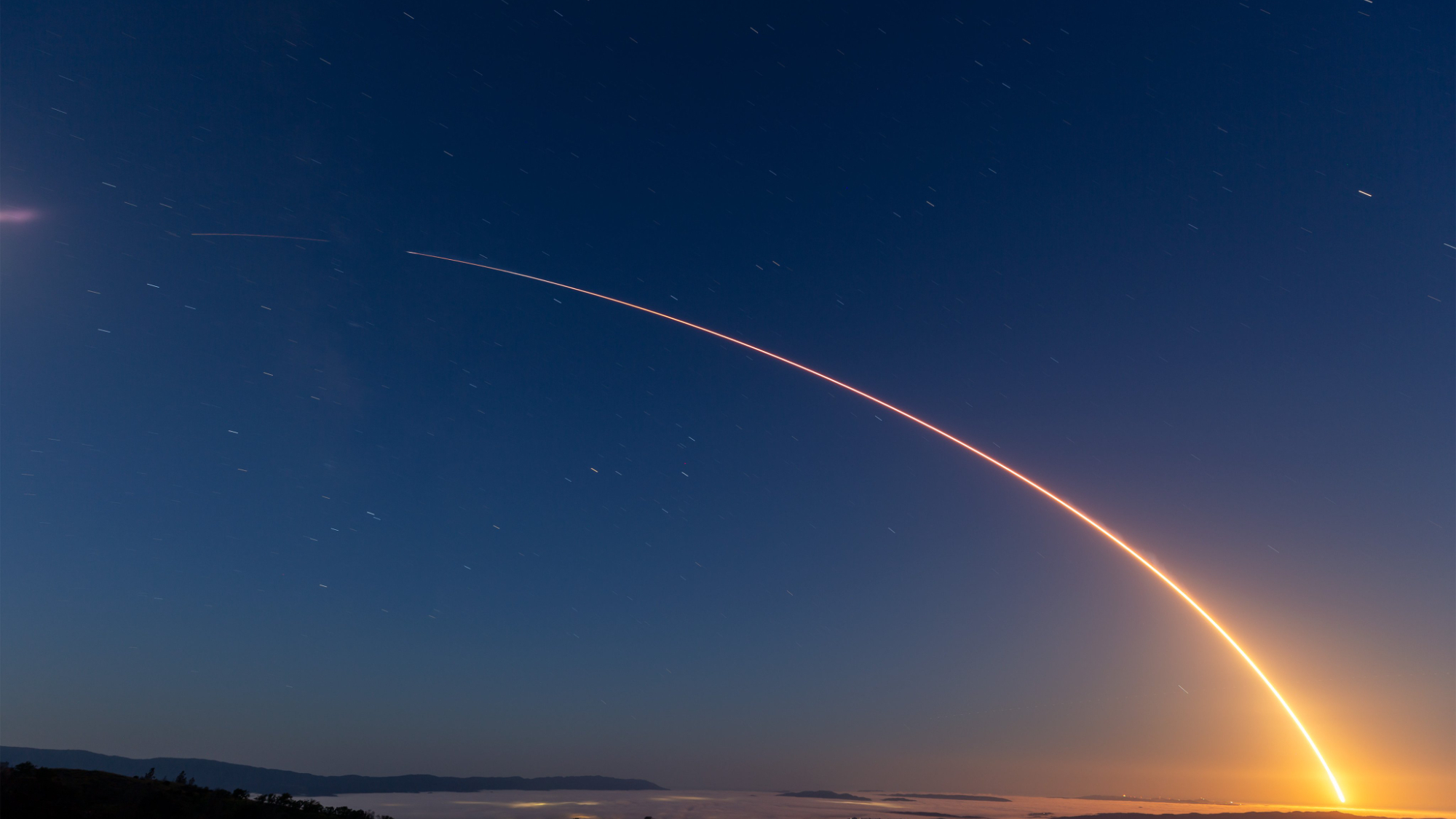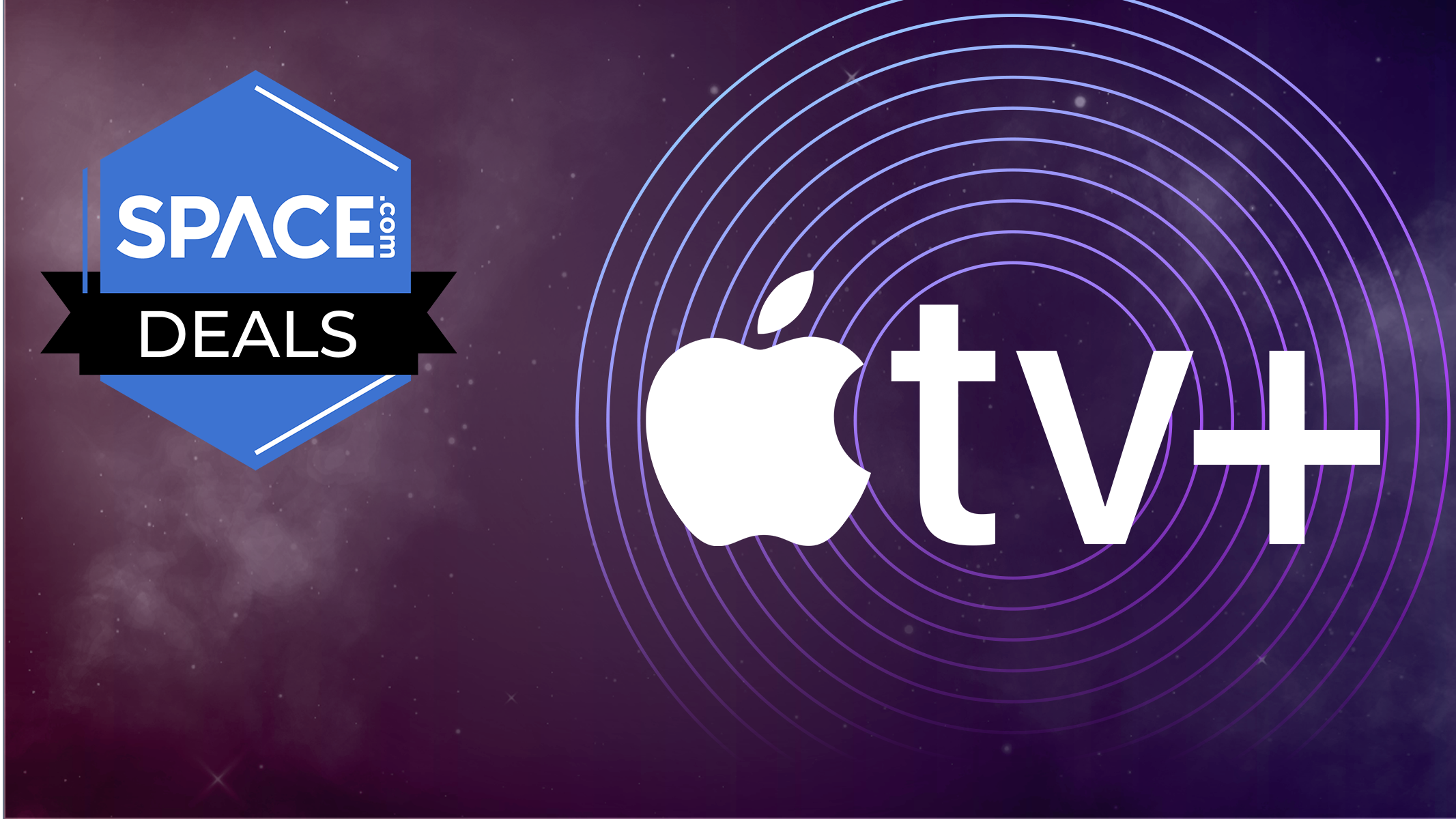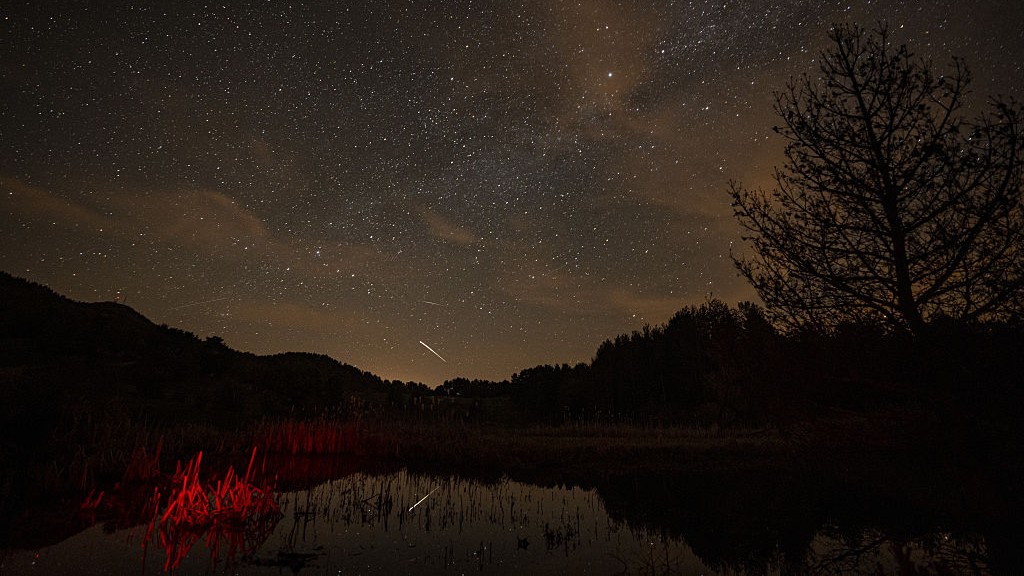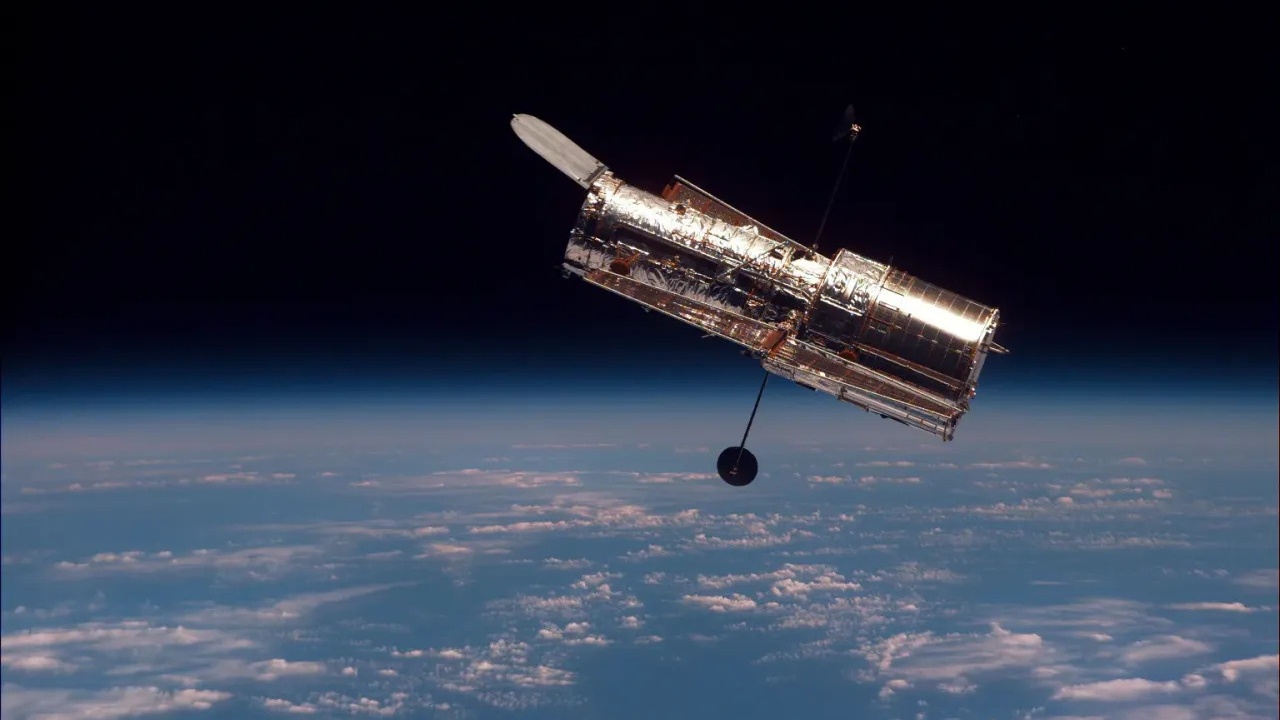Don't miss a 'mini planet parade' early on April 24 as the moon, Venus and Saturn line up in the morning sky
To view the cosmic conjunction, skywatchers need only look to the east in the pre-dawn sky.
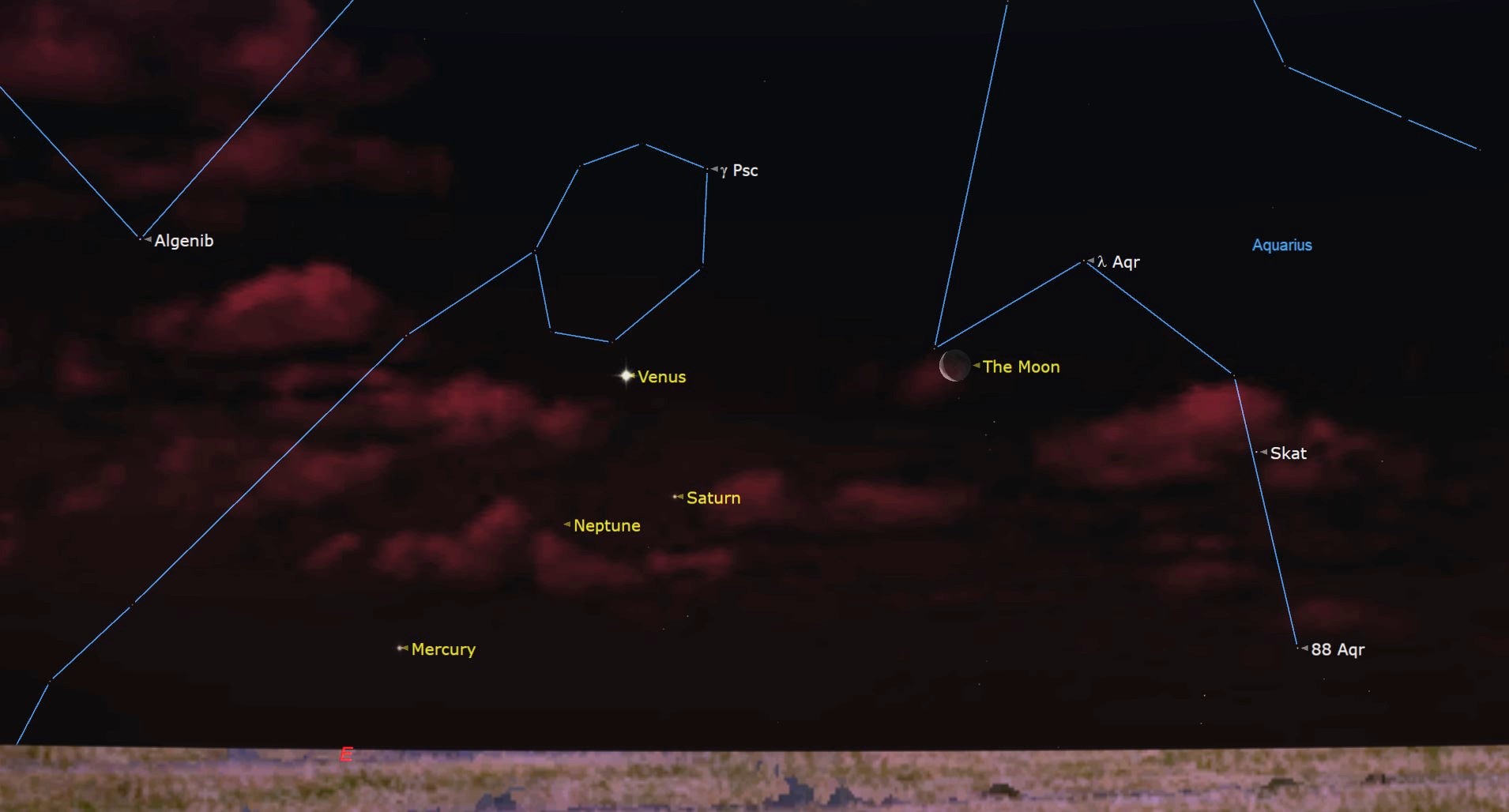
The morning of April 24 will give rise to a striking mini-planetary parade, as Mercury, Venus, Saturn, Neptune, and Earth's moon cluster together in the same region of the pre-dawn sky, making for a spectacular cosmic photo opportunity.
Even though the moon, and planets of our solar system are all separated by hundreds of millions of miles from one another, their orbital positions occasionally align to make them appear incredibly close together in the night sky.
The pre-dawn hours on April 24 are just one such occasion, which will be made all the more impressive by the presence of Earth's moon, which will appear as a thin waning crescent as it approaches its new moon phase on Sunday, April 27.
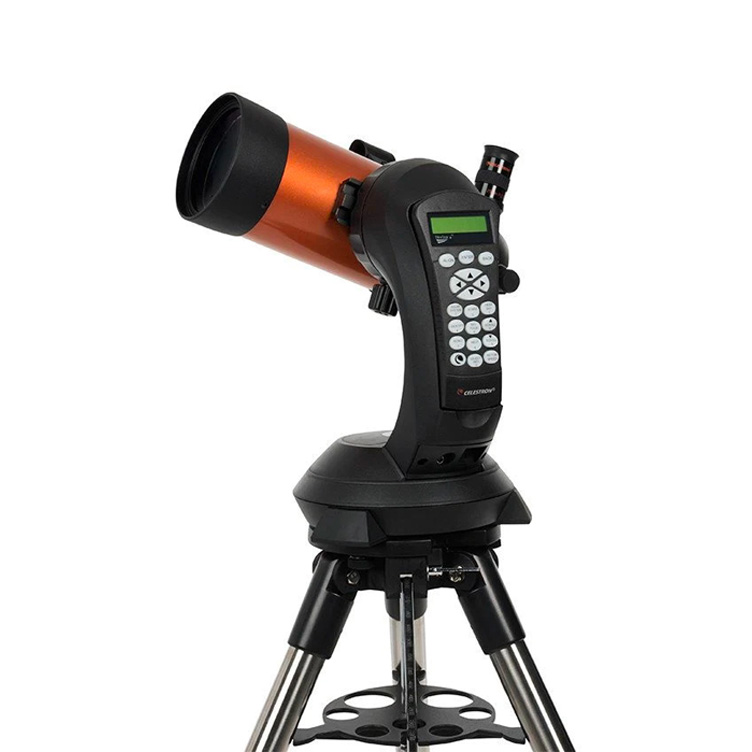
Want to see Venus or the moon up close? The Celestron NexStar 4SE is ideal for beginners wanting quality, reliable and quick views of celestial objects. For a more in-depth look at our Celestron NexStar 4SE review.
To view the cosmic conjunction, skywatchers need only look to the east in pre-dawn sky at around 5:15 a.m. local time to find the moon lurking low on the horizon. Directly to its left you will find the planet Venus, which currently appears as a bright 'morning star' following its inferior solar conjunction on March 23, at which time it passed between our planet and the sun, heralding the end of its appearances in the evening sky.
Saturn can then be found by looking directly down and slightly to the right of Venus, while Mercury will be the last of the easily visible worlds to rise, with its relatively low altitude requiring a clear horizon to be spotted before it is swallowed up in the glare of the rising sun. Just remember to always take precautions when viewing objects in the sky close to the sun. NEVER look in the direction of the sun through optics or with the naked eye without adequate solar filters or glasses.
Mighty Neptune, meanwhile, will sit nestled in the center of this planetary triangle, though its relative dimness (magnitude 7.9) will render it invisible to the unaided eye. A telescope or powerful binoculars will reveal it as a pale blue-green orb.
April's cosmic pileup follows on the heels of February's great planetary parade, which saw our solar system's five brightest planets - Venus, Jupiter, Mars, Saturn, and Mercury - line up in the night sky together alongside their dimmer siblings, the ice giants Neptune and Uranus.
Get the Space.com Newsletter
Breaking space news, the latest updates on rocket launches, skywatching events and more!
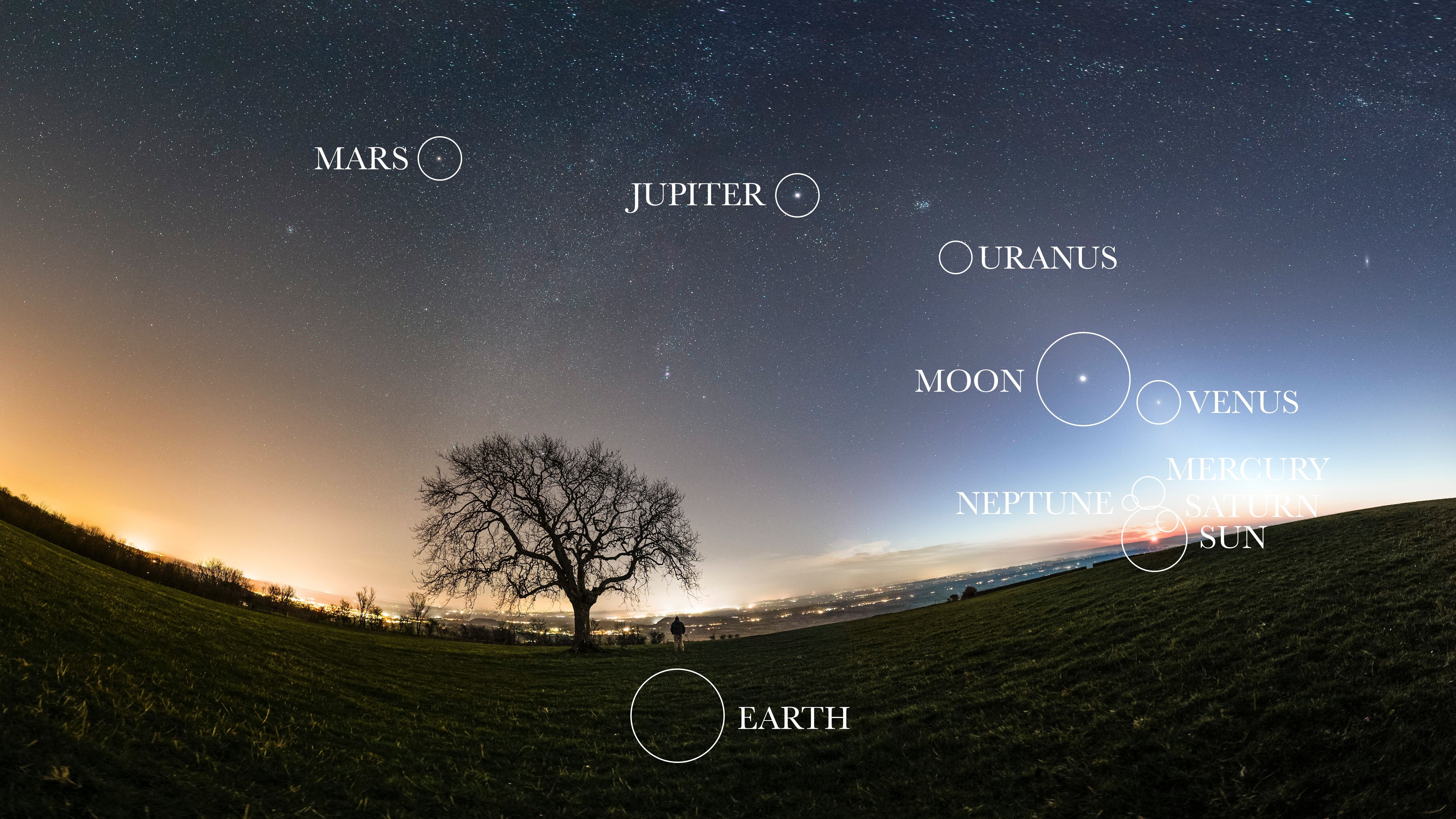
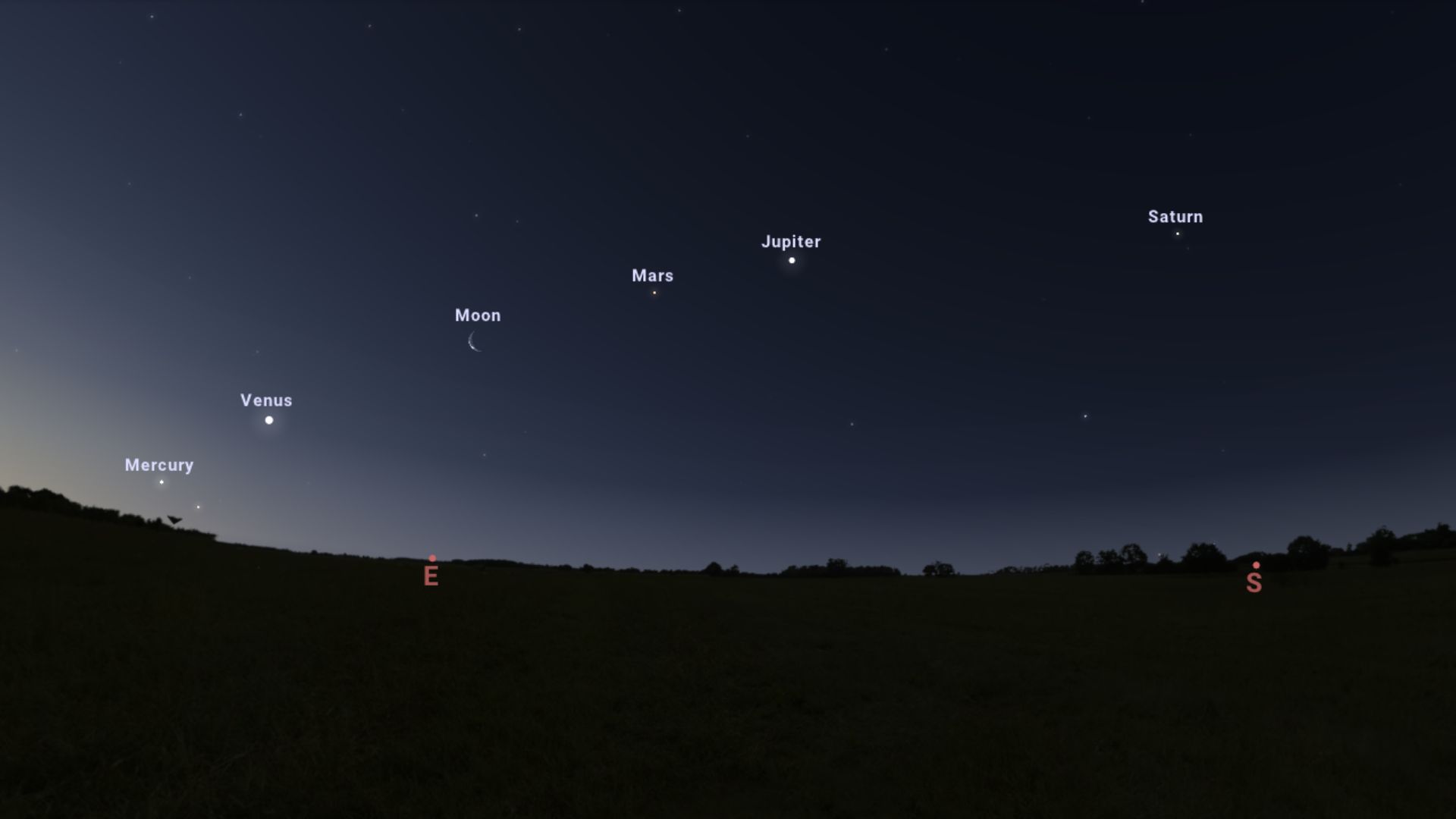
While this week's mini parade won't quite live up to that standard, the presence of the waning crescent moon close to the horizon is sure to make for a spectacular photo opportunity.
If you're looking for a telescope or binoculars to observe the moon or the planets, our guides for the best binoculars deals and the best telescope deals now can help. Our guides on the best cameras for astrophotography and best lenses for astrophotography can also help you prepare to capture the next skywatching sight.
Editor's note: If you head out to capture a photo of the mini planetary parade and want to share it with our readers at Space.com, please email it to spacephotos@space.com.
Join our Space Forums to keep talking space on the latest missions, night sky and more! And if you have a news tip, correction or comment, let us know at: community@space.com.

Anthony Wood joined Space.com in April 2025 after contributing articles to outlets including IGN, New Atlas and Gizmodo. He has a passion for the night sky, science, Hideo Kojima, and human space exploration, and can’t wait for the day when astronauts once again set foot on the moon.
You must confirm your public display name before commenting
Please logout and then login again, you will then be prompted to enter your display name.


